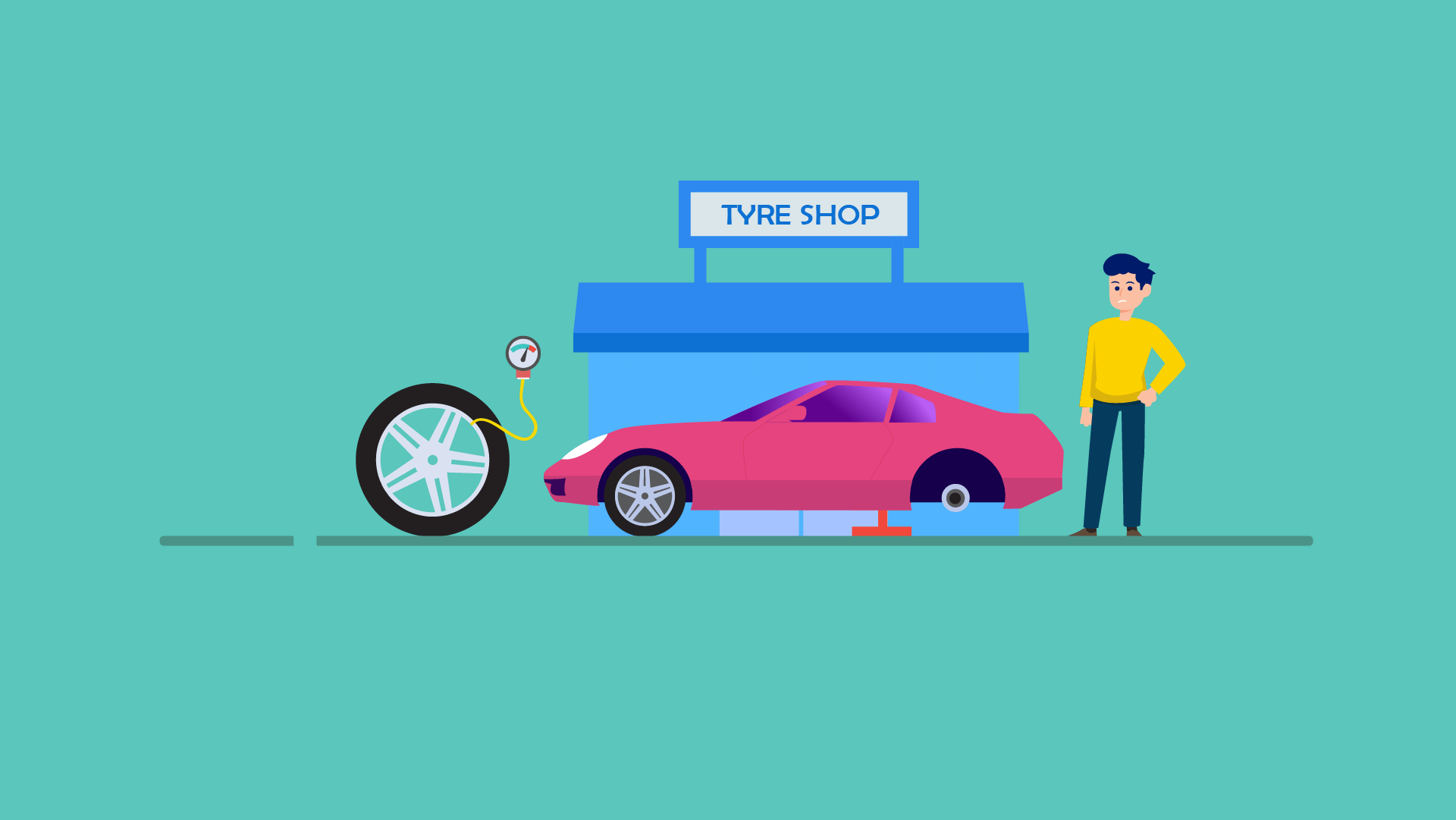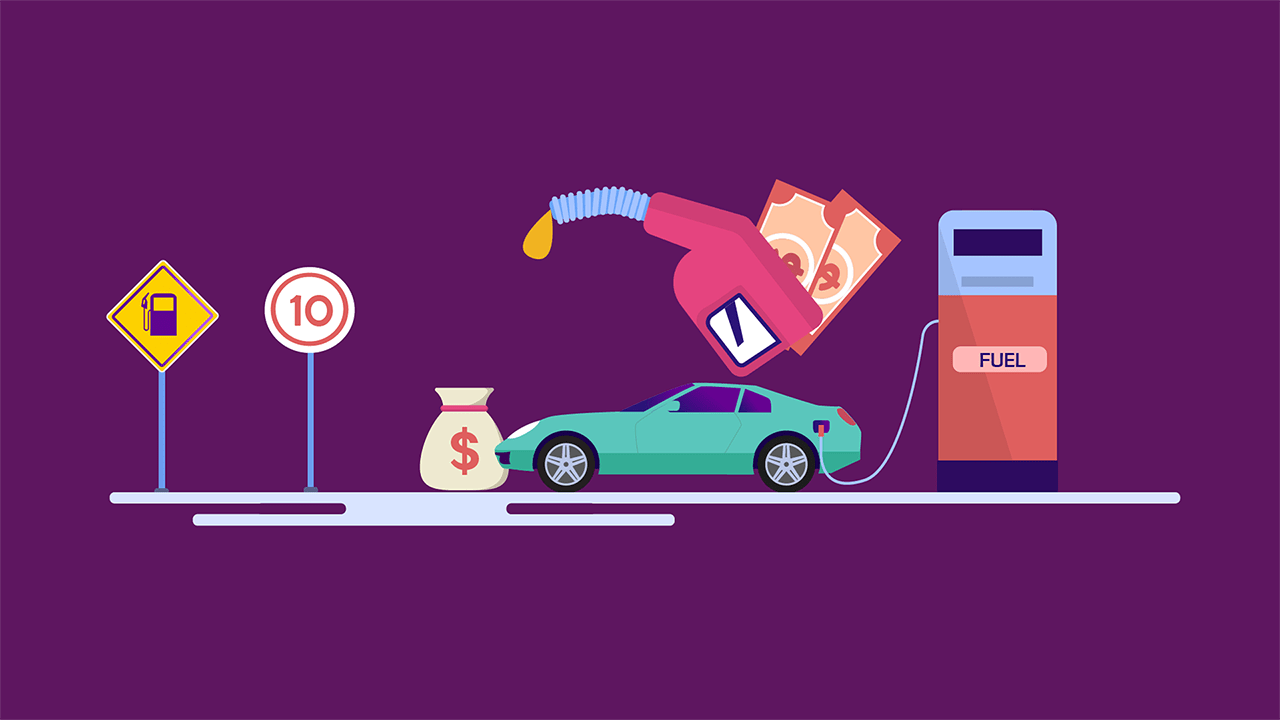Make your tires last long – 5 Essential Tips by Experts
By Umm e Hani on Apr 02, 2024
Contents
- The Importance of Tires
- Why Tire Rotation Is Important
- Types of Rotation
- 5 Essential Tips That Will Make Your Tires Last Long
- FAQ
Rotating and balancing your tires is like giving them a longer life. Just like shoes wear out differently, tires wear out too because of friction. Tires are pricey to replace, so most people want to make them last. This guide helps you know when and how to rotate and balance them.
The Importance of Tires
To grasp why tire rotation and balance matters, let's first understand why tires are crucial.
Imagine tires like your shoes. Hard-soled shoes make you feel each bump on the ground, transmitting it through your body. In contrast, soft-soled shoes penetrate some of the impact, cushioning your feet.
Tires work similarly. They carry your vehicle's weight and act as shock absorbers due to their rubber and air composition. Imagine how uncomfortable it could be to ride on wooden tires!
Tire treads are vital too. They provide traction, helping your car grip the road for quick braking and stability in wet conditions. Tread also aids in smooth steering around corners, preventing skidding.
Why Tire Rotation Is Important
Car tire rotation's main job is to make sure tires wear out evenly. Even though it may seem like tires should wear the same, they don't. Differences in both roads and driving habits can lead to uneven weight distribution and, consequently, uneven tire wear. Think of how one shoe sole might tear out quicker than the other on your running shoes.
During tire rotation and alignment, several things happen. First, your tires are thoroughly checked, helping detect hidden damage before a full-blown blowout happens. This also lets you assess the depth of the tread all around the tires.
Tire shops have the tools to check tire balance, ensuring even pressure distribution and wear. They can wheel balance and rotate your tires professionally for better performance. If your car feels shaky or pulls to one side, it might need tire balancing.
Front and rear both tires wear differently, even if balanced. Regular tire rotation evens out wear patterns, resulting in a smoother ride with fine traction for braking and steering. Immediate tire checks are vital if you feel excessive vibrations while driving.
Rotating tires not only extends tire life but also reduces strain on the vehicle. Just as hard-soled shoes can tire your body, uneven tires strain your car. This can lead to damage to shocks, brakes, and even accidents. Preventive maintenance saves money and ensures safety.
Rotation Types
You might think tire rotation needs to happen frequently, but that's not the case! Most of the tire manufacturers suggest rotating truck tires every oil change. Few vehicles may have specific guidelines, so check your owner's manual.
Certain driving habits and conditions can stress your tires more. Frequent 3-point turns, parallel parking, heavy braking, and rough terrain can all contribute to uneven wear.
In the realm of lightweight and mid-sized front-wheel drive vehicles, you'll often encounter a rotation pattern known as the X-Style rotation. This means that all four tires are moved in a diagonal fashion – the front right tire shifts to the rear left, and so forth. Another common rotation method for these vehicles is the Forward Cross pattern. Here, the front tires transition directly to the rear, while the rear tires exchange positions on opposite sides of the front axle. It's essentially the reverse of the Rearward Cross method.
Now, when it comes to high-performance tires, a specialized rotation approach is often necessary. In some cases, the front and rear tires may have different sizes, making a straightforward swap unfeasible. In such situations, a side-to-side tire rotation is performed. Directional tires, on the other hand, must remain on their designated sides, while the front and rear tires are switched.
5 Essential Tips That Will Make Your Tires Last Long
1. Tire rotation and balancing are two important procedures that enhance tire safety and performance. During tire rotation, mechanics swap your tires from front to back and right to left. When balancing, a special machine checks if the tire and wheel weight is even. If it's not, small lead weights are added to the wheel rim to ensure balance.
2. Many car manufacturers suggest rotating and balancing all four tires around every 7,000 miles. An easy way to remember is to do this maintenance every other time you get an oil change.
3. Rotating your tires is crucial for safety. Usually, the front tires wear down faster than the rear ones, reducing control. Swapping them keeps more tread on the front, enhancing safety.
4. Tire rotation is efficient because it helps all tires wear evenly. Without it, front tires would wear out faster. Rotating them ensures even wear, saving you money on replacements.
5. While some DIYers rotate their own tires, most people prefer professional service, often available for around $20. Many garages provide free rotation and balancing if you bought the tires from them. Check with your oil change garage for this service.
Rotating and balancing your tires ensures safer, longer-lasting treads and prevents skidding, extending tire life.
FAQ
How To Rotate Tires?
To rotate tires, swap the front ones with the rear ones, moving right to left.
How Much Is A Tire Rotation?
A tire rotation typically costs between $20 to $50 at most service centers.
How Often Should Tires Be Rotated?
Tires should be rotated every 6,000 to 8,000 miles or as recommended in your car manual.
How Long Does A Tire Rotation Take?
A standard tire rotation usually takes about 15 to 30 minutes.


